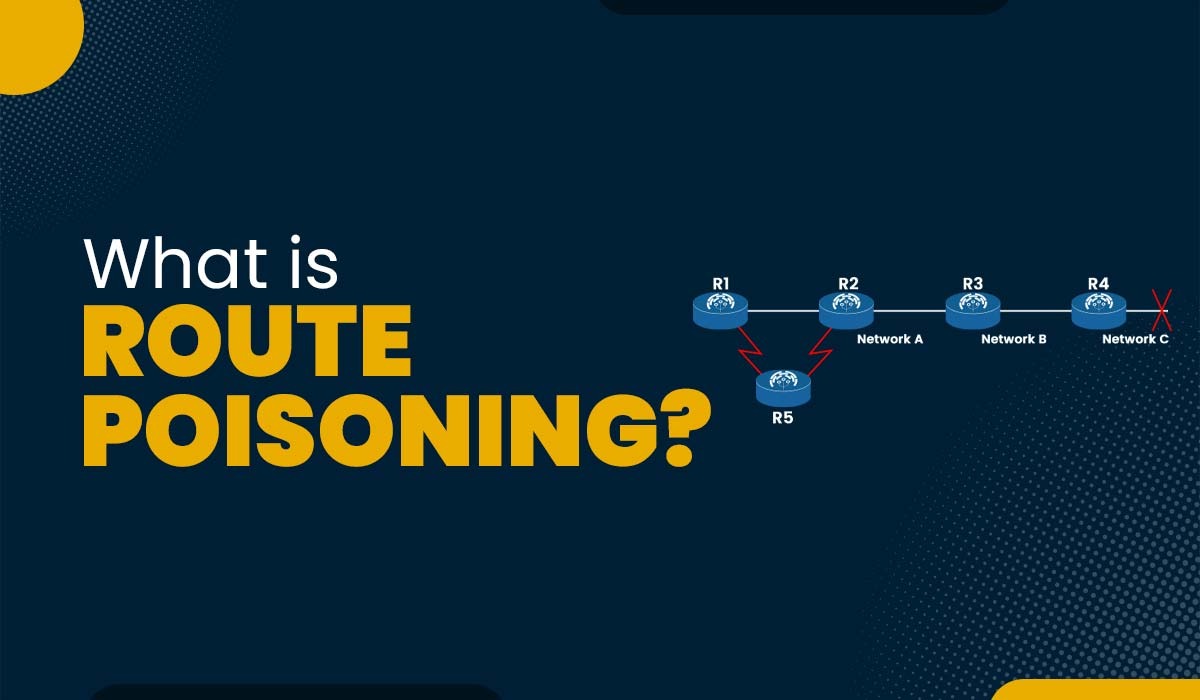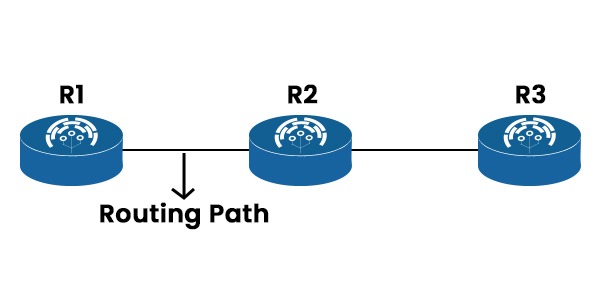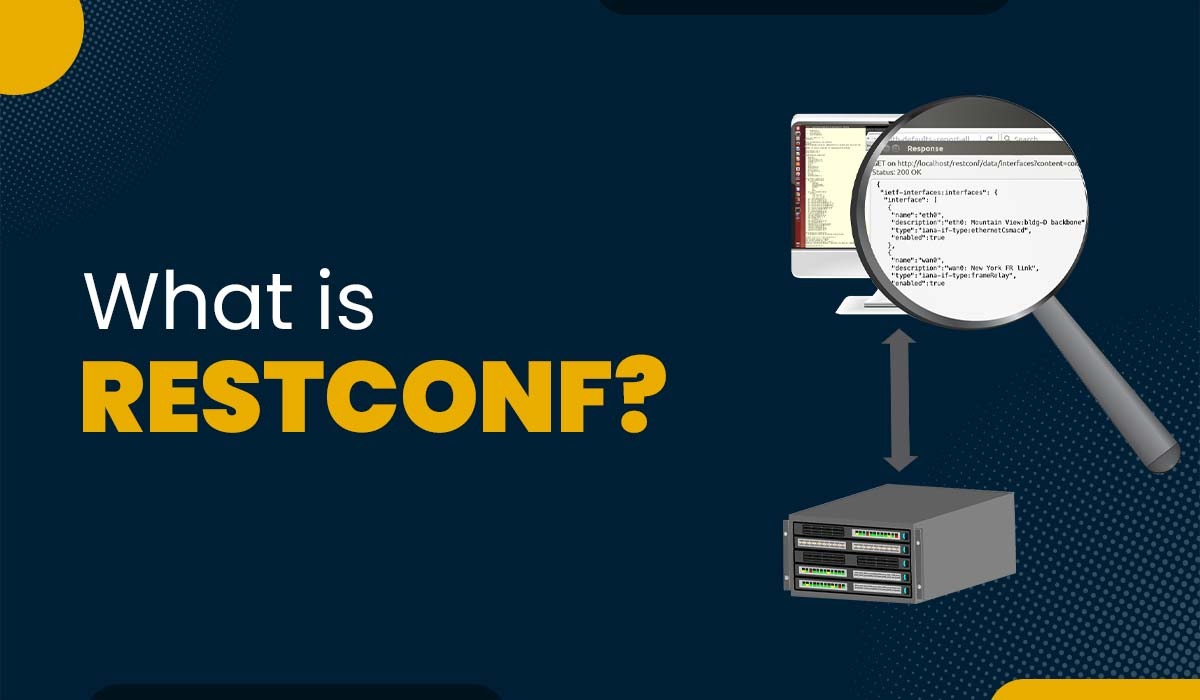What is Route Poisoning in Networking?

Finding the optimum route for data packets to transmit inside a network from a source to a destination is known as the routing process. The rules and algorithms known as routing protocols are what routers use to communicate with one another and exchange routing data. However, routing protocols can run into issues like routing loops, which happen when a packet is continuously transmitted back and forth between two or more routers. Routing loops can result in packet loss, wasted bandwidth, and network congestion, which are common network issues. Some routing protocols make use of a technique known as route poisoning to stop routing loops. In this blog, we will be explaining route poisoning, its purpose, how it works to stop routing loops, and its advantages and disadvantages. Let’s Begin! Route poisoning is the process that assists in preventing routing loops by marking a route as unreachable or invalid in a router’s routing table. Once the router knows that a route is poisoned, it will not use it to transmit packets or advertise it to other routers. Route poisoning can be caused because of various reasons, such as link failures, network partitions, or any changes in the configuration. Now, the question that arises is why we need it or its purpose. Let’s understand in detail. Routing loops, which occur when packets keep circling between routers without reaching their destination, are what route poisoning is primarily used to prevent. Let’s further understand with the help of an example. As you can see below, there are three routers: R1, R2, and R3. If router R1 has a route to R3 via R2, and router R2 has a route to R3 via R1, then there is a loop between R1 and R2. If the link between R2 and R3 fails, router R2 will update its routing table and remove the route to R3. However, router R1 will still have a route to R3 via R2 and will send packets to R2. Router R2 will then forward them back to R1, creating a loop. To prevent this situation, router R2 can use route poisoning to inform router R1 that R3 is unreachable. Router R2 will send an update to R1 with a metric of 16 for C, indicating that it is infinitely far away. Router R1 will then update its routing table and remove the route to R3 via R2. This way, the loop is broken, and no packets are wasted. Now we have explained what Route poisoning is and its purpose in detail. Let’s now understand how it works. Route poisoning works by assigning an infinite metric or cost to a route that is considered unreachable or invalid. A metric is a numerical value that represents the desirability of a route, such as hop count, bandwidth, delay, or reliability. The lower the metric, the better the route. An infinite metric means that the route is so undesirable that it should never be used or advertised. Different routing protocols have different definitions of what constitutes an infinite metric. For example, in RIP (Routing Information Protocol), an infinite metric is 16 hops, while in EIGRP (Enhanced Interior Gateway Routing Protocol), an infinite metric is 2^32 – 1. When a router detects that a route is no longer valid, it will update its routing table with the infinite metric and send an update message to its neighboring routers. The update message will contain the poisoned route and its infinite metric. The neighboring routers will receive the update message and also mark the route as poisoned in their routing tables. They will then propagate the update message to their neighbors, and so on, until all routers in the network are aware of the poisoned route. Note: Another technique called split horizon with poison reverse is used with route poisoning. Split horizon refers to the fact that a router does not deliver destination updates to the interface from where it received those updates. Let’s move on to the advantages and disadvantages of using route poisoning. There are several advantages of route poisoning; some of these are explained below. Apart from the advantages we have explained above, there are also some disadvantages. Let’s understand in detail. Some of the disadvantages of route poisoning are: These are the advantages and disadvantages of Router Poisoning in Networking. It is a technique that is used to avoid route loops by informing other routers about the route that is invalid by updating the routing table. Route poisoning in BGP is a method by which alternate paths can be found to avoid specific autonomous systems. This can all be done via fake BGP messages. A high metric indicates that the route should not be used. Route poisoning in EIGRP is used to avoid routing loops. In order to signal that a specific route is invalid or unavailable, it sends an infinite metric (255). With the help of this, the routers can easily avoid that route and go for a different one. The split horizon is a technique to prevent routing loops in distance-vector routing protocols. Route poisoning and poison reverse in networking are crucial concepts. Some routing protocols use it to prevent routing loops and improve network performance. In this blog, we have explained what it is, its purpose, working, advantages, and disadvantages. Learn more about Route Poisoning with PyNet Labs’ CCNP ENCOR 350-401 Training.Introduction
What is Route Poisoning in Networking?
Purpose of Route Poisoning

How does Route Poisoning work?
Advantages of Route Poisoning
Disadvantages of Route Poisoning
Frequently Asked Questions
Q1 – What is the route poisoning?
Q2 – What is route poisoning in BGP?
Q3 – What is route poisoning in EIGRP?
Q4 – What is the split horizon?
Conclusion







